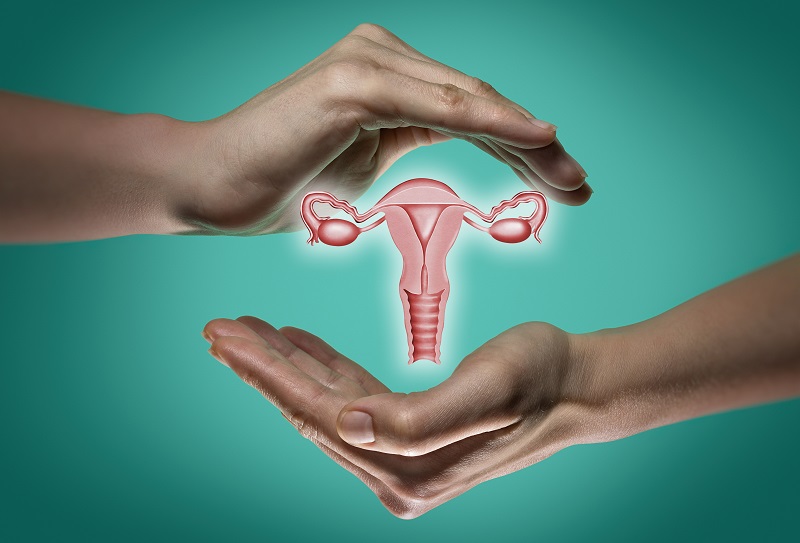Ovarian Cancer Symptoms, Early Signs, Treatment: Smoking, having a weak immune system, having a Chlamydia (STI) infection, being overweight, and skin-to-skin contact, like having vaginal, anal, or oral sex, are the leading causes of cervical and ovarian cancers in women.
Both cervical and ovarian cancers develop in the reproductive tract in women. Cervical and ovarian cancer grows in the cervix, the tissue that connects the uterus and vagina. Cervical cancer is most commonly found in women aged 33 to 44.
Ovarian cancer is caused by tumor tissue in the ovaries, fallopian tubes, or peritoneum; the ovaries are reproductive organs that generate eggs. Many ovarian cancer cases occur in the fallopian tubes, which link the ovaries to the uterus. Ovaries cancer can also begin in the peritoneum, which is a thin layer of tissue that lines the organs and the abdominal wall.

Cervical Cancer and Ovarian Cancers: Signs & Symptoms
The most prevalent signs and symptoms of cervical and ovarian cancer include vaginal abnormal bleeding, increased vaginal discharge, bleeding after menopause, pelvic discomfort and pain during sex, lower abdominal or side pain, irregular periods, and urine passing more often than usual.
Moreover, loss of appetite, weight loss, exhaustion, pelvic discomfort, back pain, leg pain, swollen legs, excessive vaginal bleeding, bone fractures, and vaginal leaks are all symptoms of advanced cervical cancer. A pelvic check or bleeding after douching is another typical symptom of cervical cancer.
Also Read: Best Diet for 60 Years Old Women, Dieting After 60
There are several reasons why women are susceptible to ovarian and cervical cancer. Cervical cancer is caused by several common factors, despite the fact that the causes of ovarian cancer are unknown.
Human Papillomavirus (HPV) infection
HPV infection is the main cause of cervical cancer, with approximately 80% of women diagnosed with cancer. HPV is a common virus that is spread from person to person through sex. 50% of all sexually active people will have HPV at some time in their lives. However, only a small percentage of women will suffer from cervical cancer.
Contraception Pills (Oral Contraceptives)
Another major risk of cervical cancer is the long-term usage of oral contraceptives. According to new research, women who have used birth control pills for five years are twice as likely to get cervical cancer. Although the risk returns to normal when the contraceptive tablets are stopped.
Multiple Pregnancies
Having multiple pregnancies is linked with a developed risk of cervical cancer. Among HPV-infected women who have had seven or more full-term pregnancies, those who have had seven or more full-term pregnancies have a fourfold higher risk of cervical cancer compared to those who have never been pregnant.
Smoking
Tobacco smoking has also caused cervical cancer development. Smoking can develop the risk of cervical cancer in women in a variety of ways. Cigarette smoking has been related to cervical cancer because it promotes the growth of HPV, which is a major cause of developing cervical cancer. Smoking not only promotes the development of HPV, but if the woman is already HPV-positive, she may be at a higher risk of developing cervical cancer.
However, not all cervical cancer causes are known, and several other risk factors have been found. But multiple sexual partners and early sexual interaction have been linked to an increased risk of cervical cancer.
